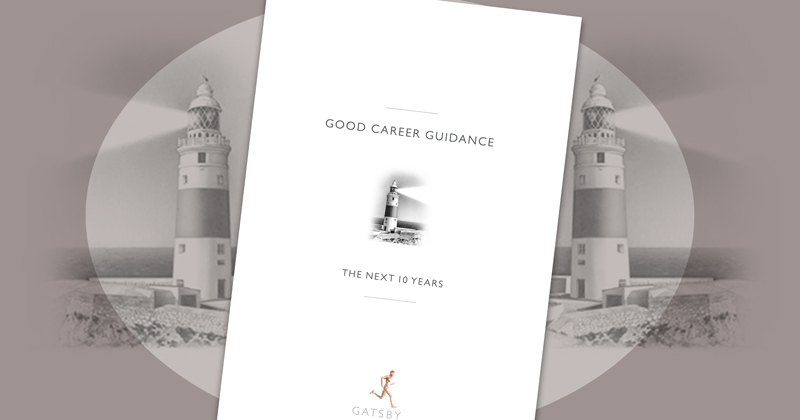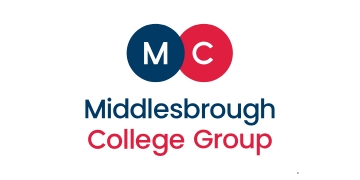Schools will have to arrange a week of work experience “activities” for pupils in years 7 to 9 and at least one placement in years 10 to 11 under new careers guidance published by the government.
Leaders have been told to begin “planning and, where able, reforming their work experience programmes” from September to meet the new duty.
It marks another reform school leaders will have to implement in the next academic year, alongside any changes from the curriculum review and new Ofsted inspections.
Labour committed before the election to require two weeks of work experience. Now it has updated statutory guidance to set out how it will work.
The document states the two weeks should be broken down into one week’s worth of “activities” in years 7 to 9 and a week’s worth of placement in years 10 to 11.
Activities in years 7 to 9 should consist of “multiple, varied and meaningful employer-led activities”, for example, visits involving employer-set tasks, work-shadowing or talks in workplaces.
Placements in years 10 to 11 should allow pupils to “experience a real working environment”.
But pupils will be able to take their days with more than one employer, and spread their placement time across a number of days or weeks at any point in the two years.
The DfE said it will set out implementation timelines, who is responsible and accountable for delivery, the support available nationally and delivery plans “in due course”.
Schools will also have to follow updated Gatsby benchmarks for good careers guidance from September. The Careers and Enterprise Company has also published guidance to help schools.
The previous benchmarks became statutory for schools in 2018.
Here’s what has changed…
Governors must ‘understand’ careers education
Benchmark 1: A stable careers programme
Governors should now “understand” and back their school’s careers education programme and guidance.
Careers programmes will also need to be “tailored to the needs of pupils, sequenced appropriately, underpinned by learning outcomes and linked to the whole-school development plan”.
Give information in ‘each key stage’
Benchmark 2: Learning from career and labour market information
Where previous guidance stated pupils should access and use information about career paths “by the age of 14”, the update states this should happen “during each key stage”.
‘Challenge misconceptions’
Benchmark 3: Addressing the needs of each young person
Careers programmes should now seek to “challenge misconceptions”, and schools will be required to keep systematic records of the “participation of pupils in all aspects of their careers programme”.
Schools will also have to use “sustained and longer-term destination data as part of their evaluation process and use alumni to support their careers programme”.
All teachers should talk about career paths
Benchmark 4: Linking curriculum learning to careers
Previous benchmarks stated that “STEM subject teachers should highlight the relevance of their subjects for a wide range of future career paths”.
The new benchmarks widen this responsibility out to all subject teachers.
The new guidance also states that “every year, in every subject, every pupil should have opportunities to learn how the knowledge and skills developed in that subject helps people to gain entry to, and be more effective workers within, a wide range of careers.
“Careers should form part of the school’s ongoing staff development programme for teachers and all staff who support pupils.”
Employers ‘of different sizes and specialisms’
Benchmark 5: Encounters with employers and employees
This states still that “every year, from the age of 11, pupils should participate in at least one meaningful encounter with an employer.”.
But Gatsby’s guidance for schools has been updated to state that young people “should encounter employers of different sizes and specialisms, including the self-employed, that reflect trends in the labour market, regionally and nationally”.
The updated benchmark also adds pupils’ “own part-time employment where it exists” to the “range of enrichment opportunities” schools can offer.
More experiences of workplaces
Benchmark 6: Experiences of workplaces
The previous benchmark stated that by age 16, pupils should have had “at least one” experience of a workplace, additional to any part-time job. It also stated they should have “one further such experience” by the age of 18.
The new guidance states by age 16, every pupil “should have had meaningful experiences of workplaces”. By 18, every pupil should have had “at least one further meaningful experience”.
The updated benchmarks also include a definition of “meaningful”.
Encounters with independent training providers
Benchmark 7: Encounters with further and higher education
Independent training providers have been added to the list of providers with which pupils should have engaged with by age 16, while “apprenticeship providers” have been removed.
Provide ‘meetings’ and information about support
Benchmark 8: Personal guidance
This benchmark has been updated to state that every pupil should have opportunities for guidance “meetings”, rather than “interviews”.
Information about personal guidance support, and how to access it, should be “communicated to pupils and parents and carers”, including through the school website.







Have a look at the Workplace safaris that GMCA have been doing for years https://greatermanchester-ca.gov.uk/news/what-s-a-workplace-safari-learn-how-your-business-can-involve-and-inspire-young-people https://www.youtube.com/watch?v=bOMSjRMLPfs
Experiences of the workplace don’t have to be like the old fashioned ‘work experience’ weeks. Students see a range of careers and employers meet their future staff https://gmacs.co.uk/blog/inspiring-future-tech-professionals-at-contentclouds-workplace-safari/